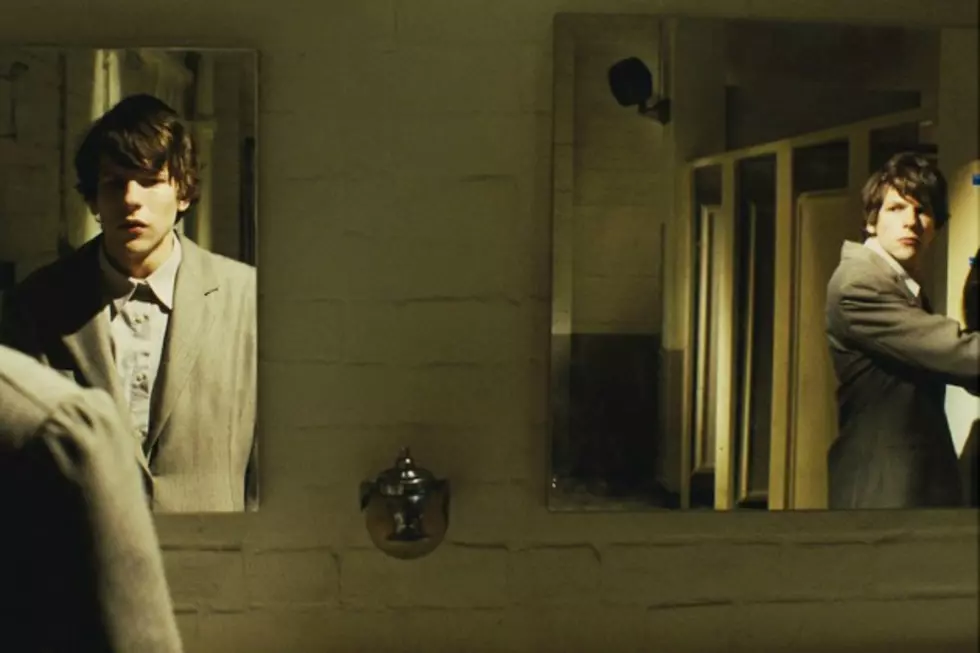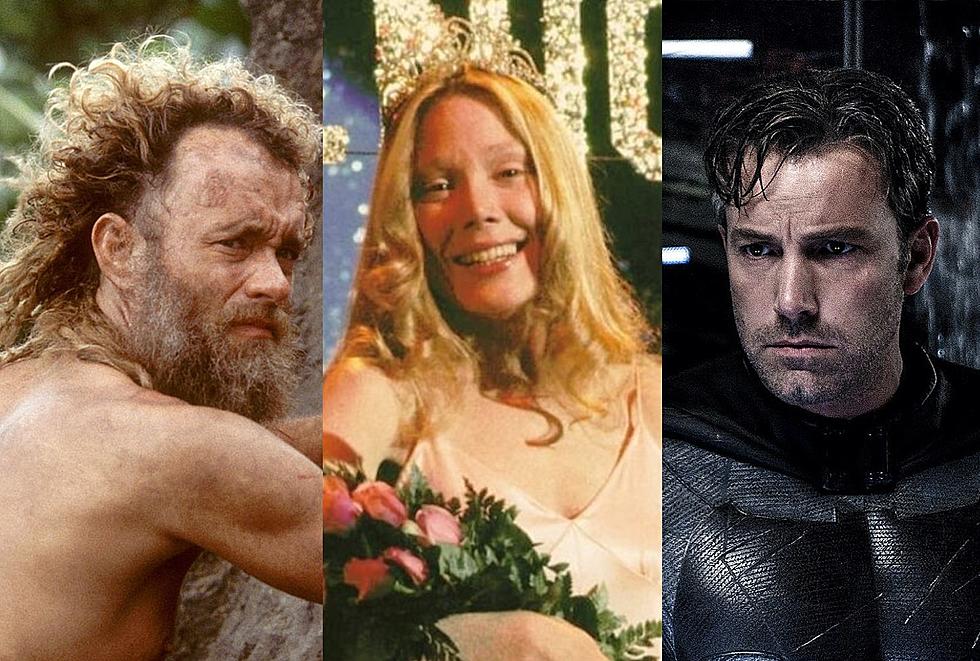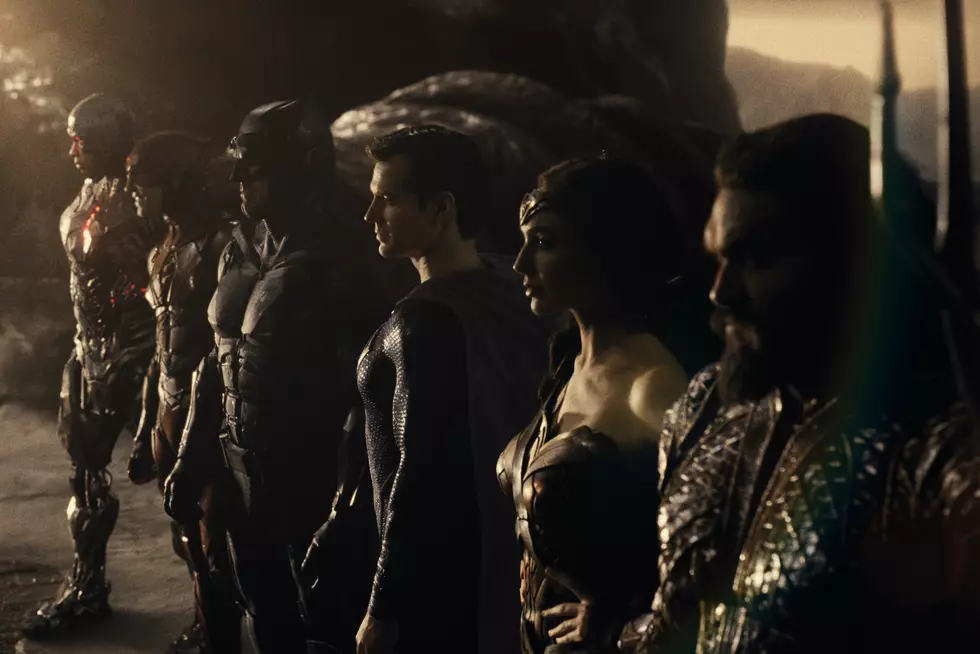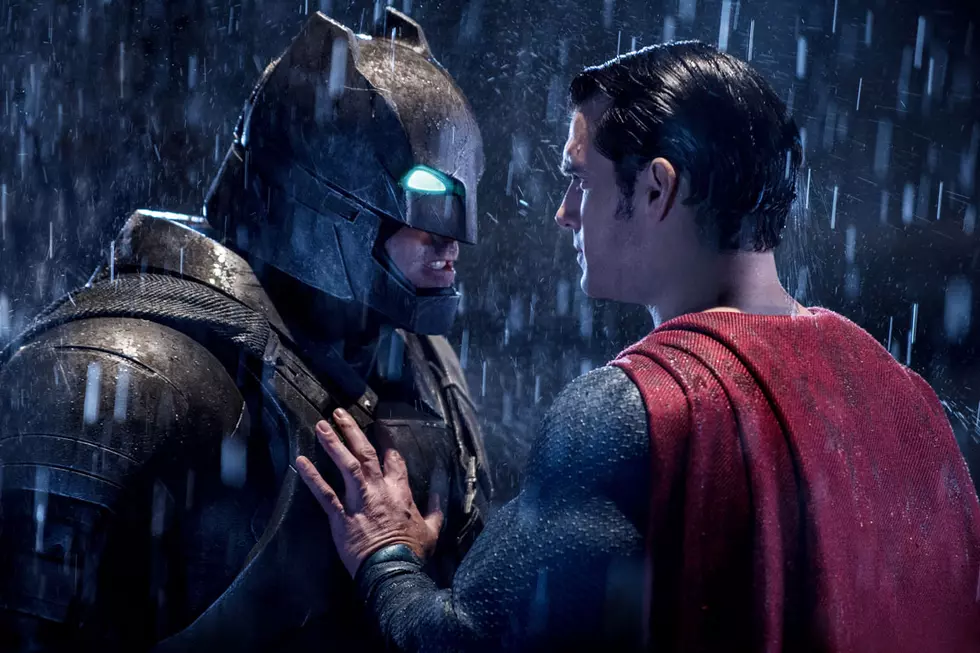
In Praise of Jesse Eisenberg, Hollywood’s Most Likable Jerk
When you type the words “Jesse Eisenberg bad interview” into Google, you get over 2 million results.
Granted, a lot of those pages are about the same handful of interviews. A big chunk concern the clip below, a notorious junket altercation from 2013 where Univision reporter Romina Puga tried to get Eisenberg to play a game of debunk-the-secret with let’s just call them nightmarishly poor results. At one point, Eisenberg dubs Puga “the Carrot Top of interviewers” — and that might only be the third or fourth most awkward moment in the video. These are arguably the longest and most uncomfortable two minutes and 43 seconds in the history of mankind.
That is brutal, but it’s not unique. Though there are some perfectly ordinary Jesse Eisenberg interviews, and even a few insightful ones (like this one from Interview Magazine conducted by his Zombieland co-star Woody Harrelson), there are dicey or contentious moments in a lot his public conversations. Just last month, he compared the experience of going to Comic-Con to “some kind of genocide.” In that case, Eisenberg didn’t alienate a reporter; he alienated an entire fanbase, and a large, vocal and unforgiving one at that.
Trashing the holiest weekend of the geek calendar might not win Eisenberg many fans in the comic-book community, but it illustrates Eisenberg’s unique value as an actor. Unlike almost every other major star in Hollywood, Jesse Eisenberg is willing to look bad — physically as well as emotionally — on screen. No one currently plays pitiful, irritating, and downright repulsive any better. To borrow a term from professional wrestling, the man is a natural born heel.
Eisenberg’s singular skills are currently on display in two vastly different films. In American Ultra he plays an unmotivated, anxiety-ridden stoner whose forgotten past as a super-assassin for the CIA comes back to haunt him. In The End of the Tour he plays David Lipsky, a Rolling Stone journalist assigned to profile novelist David Foster Wallace (Jason Segel) as he promotes his critically acclaimed novel, Infinite Jest. Both characters are the nominal heroes of their respective movies, but Eisenberg revels in accentuating their foibles, flaws, and failings.
Take The End of the Tour’s Lipsky. He is no crusading journalist, a la Woodward and Bernstein from All the President’s Men; this is a jealous man who craves his subject’s talent and fame. Lipsky’s own novel came and went with little acclaim, and when he reads Wallace’s book his only response is a four-letter expletive — recognition that Wallace’s skill really is that much greater than his own. The only muck this guy rakes is the crust that’s enveloped his own envious soul.
Throughout the film, Eisenberg display zero vanity, and perfectly embodies the figure of a sniveling leech (perhaps his less-than-positive experience with other journalists influenced his performance). He uses a trip to Wallace’s bathroom as an excuse to rifle through the man’s medicine cabinet; when Wallace later leaves Lipsky alone in his house for five minutes, he dashes from room to room, frantically describing tiny details into his tape recorder, and even intrudes on his private office. Careful and even prying observation is part of a profile writer’s job. But as played by Eisenberg, Lipsky isn’t just doing his job; he’s trying to find the secret to Wallace’s success, to absorb his genius by osmosis.
It’s Eisenberg’s all-consuming need that makes the end of The End of the Tour so powerfully tragic, with Wallace dead and Lipsky having attained some modicum of success only by turning his conversations with the literary giant into a book of his own. He will never be in the spotlight because he’s forever in another man’s shadow.
Lipsky is a classic Jesse Eisenberg character, like Mark Zuckerberg in The Social Network or Walt Berkman in The Squid and the Whale: a man with a noxious mixture of emphatic narcissism and bone-deep insecurity. Eisenberg characters look down at other people and desperately want their approval all at once, projecting an attitude of superiority to mask their all-consuming need for attention, acclaim, and praise.
So many American movies traffic in the currency of cool. The vast majority of villains these days are Darth Vader villains; more likably imposing and unflappable than genuinely detestable. An actor gains 10 pounds for a role and takes his shirt off and suddenly he’s “brave.” Everyone is so consumed with appearing tough and smart and handsome at every single moment.
Not Eisenberg. In American Ultra, he deconstructs every component of that action movie allure. Even when his character, Mike Howell, discovers he has Jason Bourne-style fighting skills, he never, for one single second, gives off the faintest whiff of Matt Damon-esque composure or sophistication. His gangly fighting moves possess none of the ballet or style of an action hero, and the blankness that comes over his face whenever he stumbles into battle suggests he’s less superhero than robot doomed to obey his programming to the bitter end.
Unlike a traditional action star, who is largely impervious to physical and emotional pain, Mike Howell seems heartbreakingly vulnerable. Just trying to propose to his girlfriend (Kristen Stewart) gives him crippling panic attacks. Sure, he manages to shoot a guy by ricocheting a bullet off a flying frying pan. But any sense of victory or power is fleeting, immediately replaced by guilt over his actions, and anxiety over his fate and his total loss of self-control whenever his fighting instincts kick in.
Hollywood is an image factory, obsessed with perfection. Jesse Eisenberg is one of the few guys who seems fine with — and even attracted to — imperfection. (For one lengthy sequence in American Ultra, he appears like this.) And that attitude extends beyond the confines of the screen and out into his publicity tours, where he sometimes compares journalists to Carrot Top and disturbs the carefully manicured atmosphere of artificial congeniality by daring to speak his mind.
This is why, regardless of what Eisenberg said about Comic-Con, he should make a great Lex Luthor in Batman v Superman: Dawn of Justice. The similarities to his Mark Zuckerberg are obvious (the outsider who uses technology to insinuate himself into [and get revenge on] the cool kids), and the relationship between Luthor and Superman is not that dissimilar from the one between Lipsky and Wallace; the envious mortal living in the shadow of the towering demigod. That’s where Eisenberg thrives; at the intersection of ego, fragility, and loneliness.
There’s a scene in The End of the Tour where Lipsky notices an Alanis Morissette poster hanging on the wall of Wallace’s home. This, according to Lipsky, is a strange household decoration for a man like Wallace. In respose, Wallace explains Morissette’s appeal:
Jesse Eisenberg’s appeal is not unlike Morissette’s. You can imagine him putting a quarter in a parking meter — and then complaining about the price. He’d eat a bologna sandwich — and then insist he doesn’t normally eat bologna sandwiches, but he made an exception this one time just to be a gracious guest to a host who offered him one. Those sorts of guys can be unpleasant, but they’re also deeply familiar. They’re real. They’re us. They’re just the parts of us we don’t like, and don’t see often enough onscreen.
More From ScreenCrush









